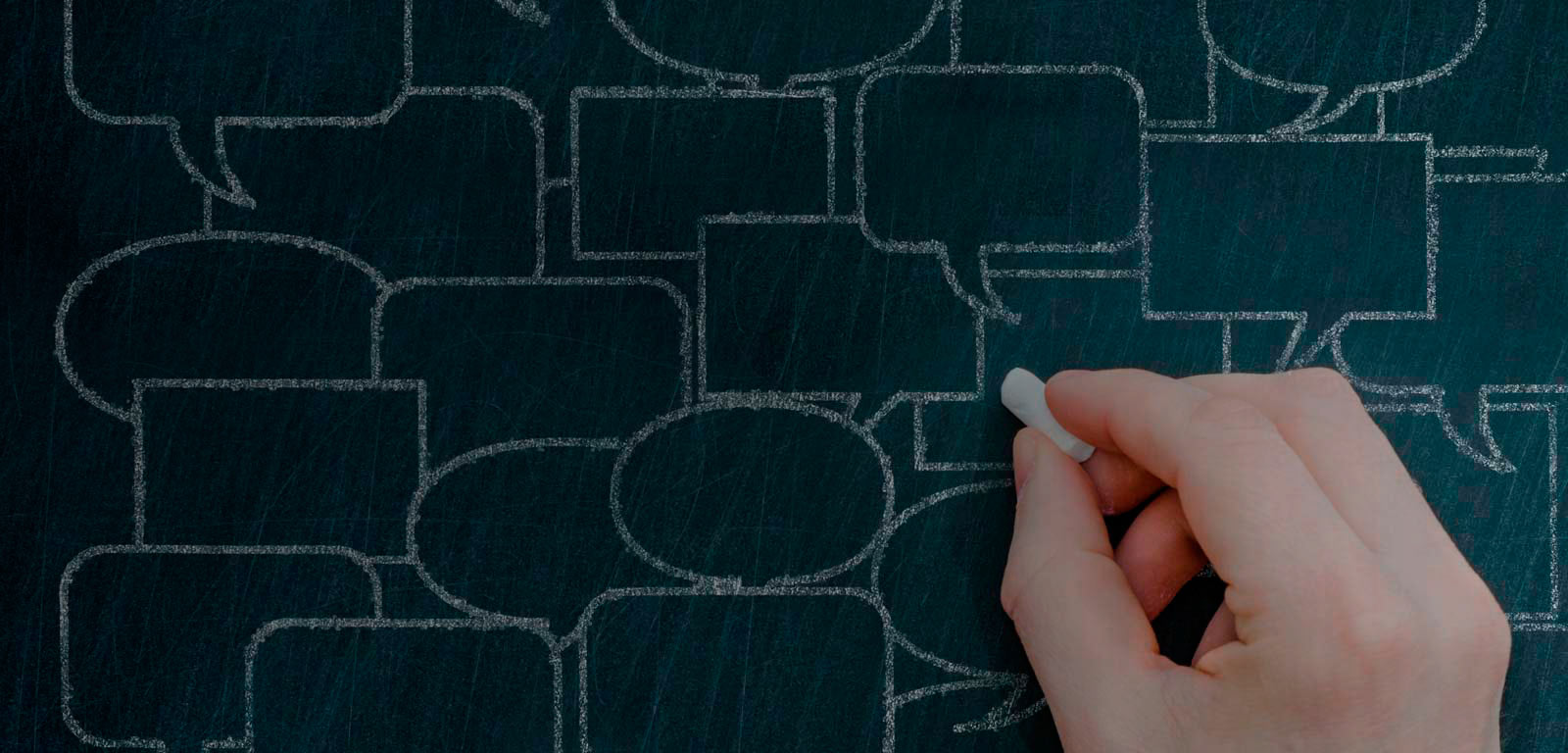Subject
Advanced Course in Historical and Comparative Linguistics
General details of the subject
- Mode
- Face-to-face degree course
- Language
- Spanish
Description and contextualization of the subject
This course elaborates on the basic notions of diachronic and comparative linguistics stated in the basic course. It is mainly aimed at those students who want to specialize in historical and comparative linguistics by following the corresponding seminars of this master and also by preparing his or her Master’s thesis in this field of linguistics. The course will mostly deal with complex problems of linguistic change and it will try to link these problems with the classic methods of linguistic reconstruction (comparative and internal reconstruction) just delineated in the previous course.Reference will also made to linguistic contact and related areal phenomena, as issues that may have an impact in every hypothesis of genetic linguistic relationship, as well as to recent proposals of comparative and genetic relationships in non-classical cases and to second grade reconstructions and alternative methods to the traditional comparative method. Special attention will be paid to the role of typology in the diachronic explanations and in the reconstruction, as well as to the nature of so-called protolanguages.
Teaching staff
| Name | Institution | Category | Doctor | Teaching profile | Area | |
|---|---|---|---|---|---|---|
| GARCIA CASTILLERO, CARLOS | University of the Basque Country | Profesorado Titular De Universidad | Doctor | Bilingual | Indo-European Linguistics | carlos.garcia@ehu.eus |
Competencies
| Name | Weight |
|---|---|
| Capacidad de comprender los aspectos generales de la evolución de las lenguas dentro de la diversi-dad lingüística, del establecimiento de familias lingüísticas y de la reconstrucción de protolenguas. | 25.0 % |
| Capacidad de identificar y aportar pruebas a favor o en contra de hipótesis avanzadas sobre el cambio lingüístico, de la comparación y de la reconstruc-ción a partir del material empírico conservado en los diferentes componentes de las lenguas (fonolo-gía, morfología, sintaxis y léxico). | 25.0 % |
| Capacidad de entender y utilizar la metodología de las propuestas teóricas fundamentales actual-mente en vigor sobre la evolución de las lenguas, sus relaciones genéticas y la obtención de formas antiguas de las mismas. | 25.0 % |
| Elaborar reseñas críticas de obras relacionadas con los temas tratados en el curso y dar respuesta a problemas centrales planteados por el cambio lingüístico y la clasificación y reconstrucción de lenguas. | 25.0 % |
Study types
| Type | Face-to-face hours | Non face-to-face hours | Total hours |
|---|---|---|---|
| Lecture-based | 18 | 0 | 18 |
| Applied classroom-based groups | 12 | 0 | 12 |
| Applied computer-based groups | 0 | 45 | 45 |
Training activities
| Name | Hours | Percentage of classroom teaching |
|---|---|---|
| Exercises | 10.0 | 50 % |
| Expositive classes | 20.0 | 100 % |
| Presentations and Papers | 10.0 | 50 % |
| Readings | 35.0 | 0 % |
Assessment systems
| Name | Minimum weighting | Maximum weighting |
|---|---|---|
| Attendance and participation | 10.0 % | 30.0 % |
| Continuous evaluation | 70.0 % | 90.0 % |
| Presentations | 30.0 % | 50.0 % |
Temary
Approaches to linguistic change and to the history of languages.Classification of linguistic change.
Areal linguistics and change diffusion.
Typology, diachrony and reconstruction.
Linguistic comparison and reconstruction.
Bibliography
Basic bibliography
Anttila, R., 1977, Analogy, The Hague.Bynon, Th., 1977, Lingüística histórica. Madrid. (Traducción española: Gredos).
Campbell, L., 2000, Historical Linguistics, Edinburgh.
Campbell, L. y M. J. Mixco, 2007, A glossary of historical linguistics. London.
Hock, H. H., 1988, Principles of Historical Linguistics. Berlin-New York.
Joseph, B. D. & R. D. Janda, 2003, Handbook of Historical Linguistics, Oxford: Blackwell
Trask, R. L., 1996, Historical Linguistics. Londres, Arnold.
Trask, R.L. 2000, The Dictionary of Historical and Comparative Linguistics, Chicago/London.
In-depth bibliography
Aikhenvald, A. & R.M.W. Dixon, (eds.), Areal diffusion and genetic inheritance: problems in Comparative linguistics, Oxford: OUP.Andersen, H., 1990, The structure of drift, in H. Andersen Y K. Koerner (eds.), Historical linguistics 1987, Amsterdam-Philadelphia: Benjamins.
Bybee, J. 2015, Language Change, Cambridge: CUP.
Campbell, L., 1988, Reseña de Greenberg 1987, Language 64, 591-615.
___, 2003, Beyond the comparative method?, in B.J. Blake y K. Burridge (eds.), Historical linguistics 2001. Amsterdam-Philadelphia: Benjamins.
Comrie, B., 1993, Typology and reconstruction, in Jones (ed.), 74-97.
Croft, W. 2003, Typology and universals, Cambridge: CUP.
Dixon, R.M.W., 1997, The rise and fall of languages, Cambridge: CUP.
Fisiak, J., 1997, (ed.), Linguistic typology and reconstruction, Berlin-New York: Mouton de Gruyter.
Gorrochategui, J. & Lakarra, J. A., 2001, Comparación lingüística, filología y reconstrucción del protovasco, VIII Coloquio sobre Lenguas y Culturas Prerromanas de la Península Ibérica.
Jones, Ch. (ed.), 1993, Historical linguistics: Problems and perspectives, Londres-New York: Longman.
Kroch, A, 1989, Reflexes of grammar in patterns of language change, Language variation and change 1, 199-244.
Michelena, L., 1963, Lenguas y protolenguas, Salamanca, Universidad de Salamanca.
Nichols, J., 1992, Linguistic diversity in space and time, Chicago: University of Chicago Press
Sagart, L. 1999, The roots of Old Chinese, Amsterdam-Philadelphia: Benjamins.
Journals
DiachronicaHistorische Sprachforschung
Journal of Historical Linguistics
Folia Linguistica Historica
Transactions of the Philological Society


